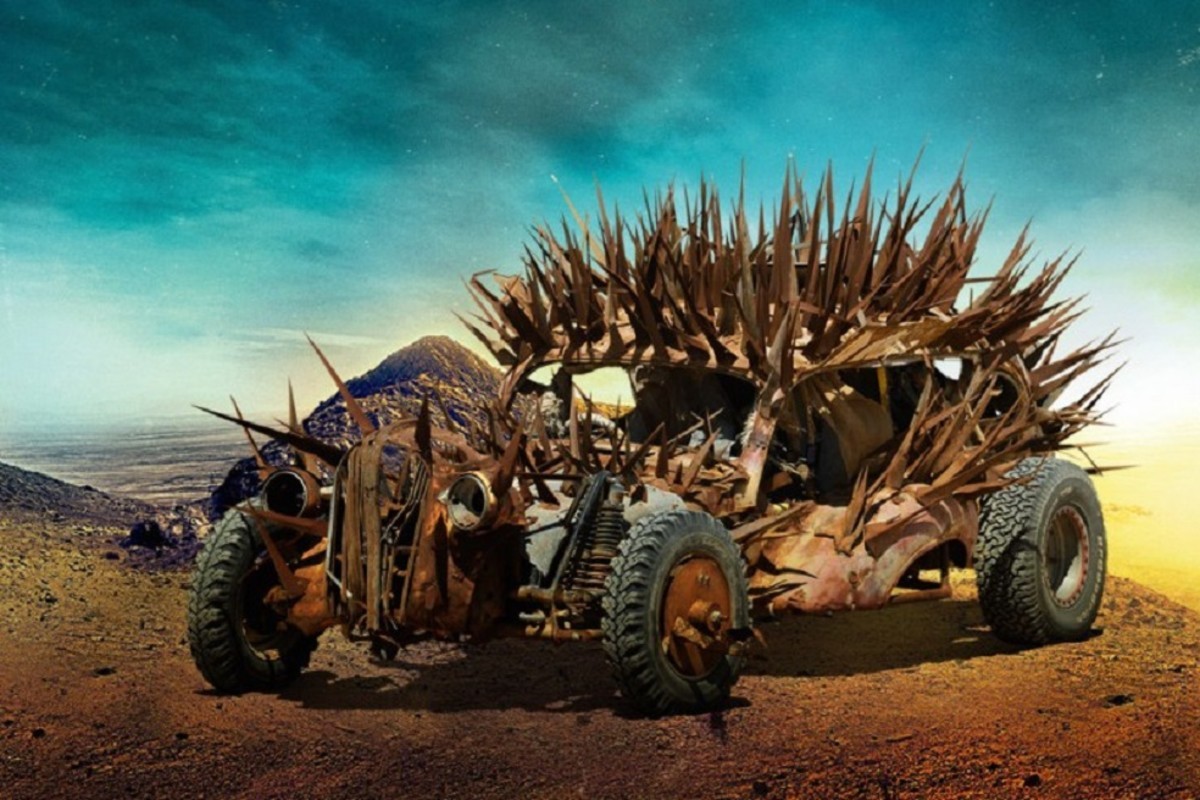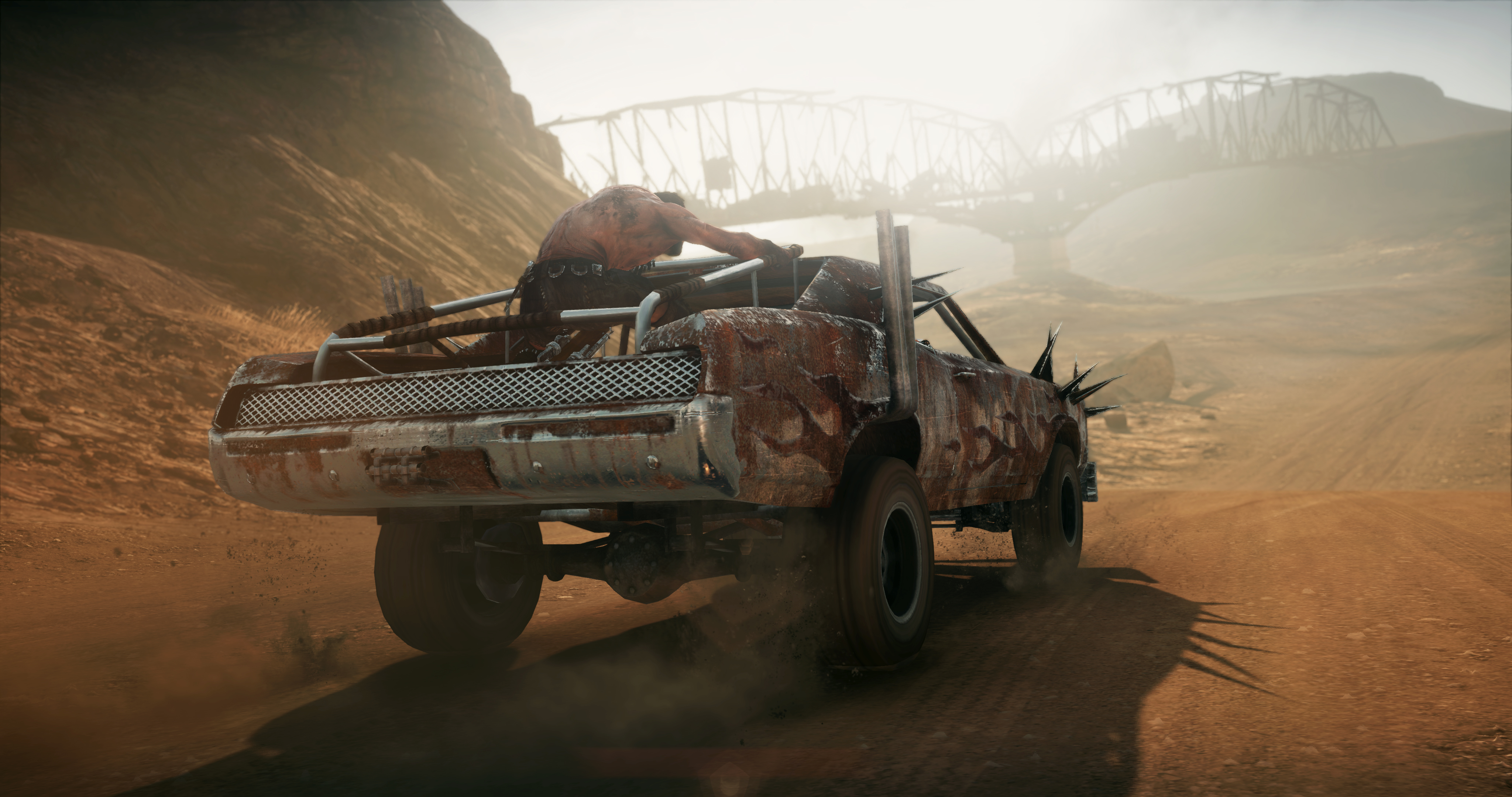
Fury Road proposed an alternate timeline of events, one where the cause of civilization’s collapse centered on environmental issues and which suggests that nuclear war was fought over water resources.
When was mad max set movie#
The landscape is even more arid and unsurvivable than in the original trilogy, possibly because of the “water wars”, as a newscaster’s voice mentions in the movie trailer’s voiceovers. In the rebooted Mad Max: Fury Road, all remaining vital resources from water to vehicles and oil, have been hoarded by Immortan Joe, the leader of The Citadel. A nuclear apocalypse destroyed the world and all rule of law, hence why Aunty (Tina Turner) and the Collector (Frank Thring) created Bartertown to rebuild civilization, one created on a methane-based energy economy. In Mad Max Beyond Thunderdome, more is revealed as to how Mad Max’s world became what it is.
When was mad max set free#
The established power structures having failed, scavengers, criminals, and gangs were now free to assert their own modes of violent rule over others. As the rise up to the top of the structure, they welcome others to join, setting the tone for their new society, a society built on hope and community, not fear and subjugation. On its own, the script is about hope, but when given an apocalyptic backdrop of this scale, that message becomes even more poignant, with the protagonists becoming a beacon of hope in an otherwise desolate environment.This suggests that economic collapse caused a bloody war over fuel and other vital resources, which in turn led to the collapse of organized society. In the end, Furiosa and the wives return to the Citadel with the resources needed to make a new Green Place and the ability to liberate its inhabitants. Instead of having a tragic sacrifice that would suit the tone of this world, Furiosa survives, suiting the overall hopeful message of the movie.

With this newfound hope, the outnumbered gang charge back to the Citadel, losing several members along the way and nearly losing Furiosa, but, just like she refused to give up on the wives, Max refuses to give up on her, giving her his blood in a last ditch effort to keep her alive. Angharad knew this, and she was willing to risk her life for a chance to be free. As long as they are his, he can do whatever he pleases to them, stripping them of their humanity and further traumatizing them. In light of her perishing beneath the wheels of Joe's car, Cheedo (Courtney Eaton) entertains the idea of returning to Joe because as a wife they had food, water and shelter however, the other wives remind her that they will always be objects to him.
There are plenty of moments where this mission seems pointless, most notably with the death of Angharad (Rosie Huntington-Whiteley).

While they face the wrath of Joe and company, they never give up because Furiosa holds onto hope that her home, the Green Place, is still there as are her family, the Many Mothers - a matriarchal group that focuses on community over subjugation. Set fifteen years after the events of 'The Road Warrior,' Max is crossing the desert in a wagon when he is attacked by a pilot (Bruce Spence, playing a different character from the Gyro Captain) and his son and has his possessions stolen. That, and a piece of graffiti on a road sign dated December 1984, puts the events of the first film squarely in the mid-80s, most likely 1985. As one of the few women Joe trusts, Furiosa abandons a mission, absconding with the war rig, which has the wives hidden in it. Mad Max The original Mad Max, which was released in 1979, opens with the caption, A few years from now. The world of his Citadel lacks any hope however, Furiosa (Charlize Theron) has a plan to liberate herself and the wives from this nightmare. RELATED: Mad Max: Furiosa's Backstory Makes for a Perfect Prequel


 0 kommentar(er)
0 kommentar(er)
